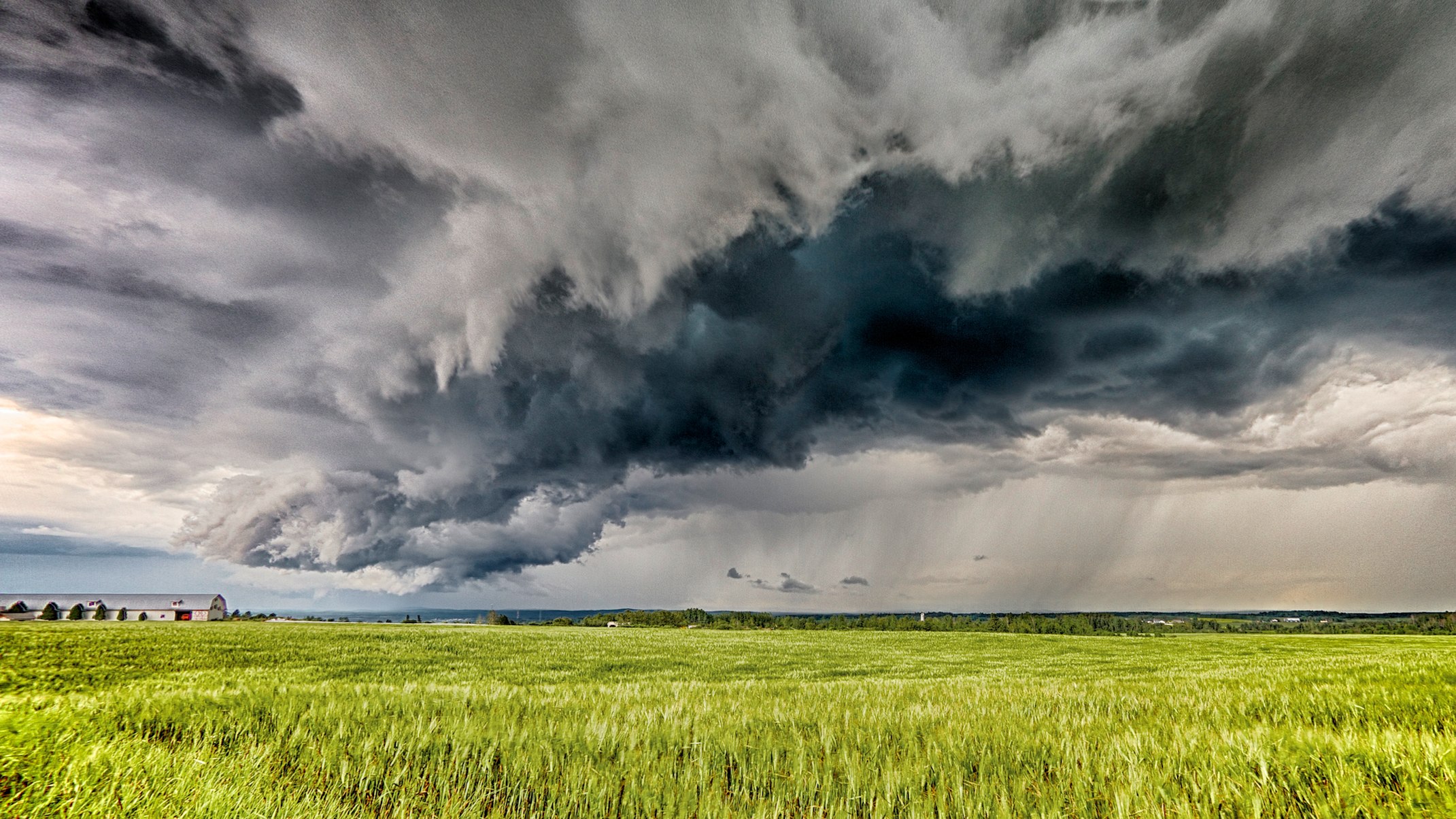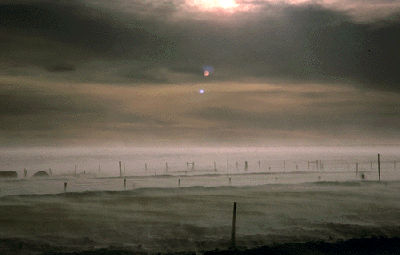Joey Angnatok, hunter, fisherman, social entrepreneur, businessman, community leader (born May 1976 in Nain, Newfoundland) has worked with university researchers and his fellow Inuit for more than 30 years collecting climate and other environmental data. At the end of each fishing season, he turns his fishing boat into a marine research vessel.

Depiction of Joey Angnatok in Historica Canada’s video of Angnatok for Canada History Week (2018).
Early Life and Education
Joey Angnatok was one of eight children and grew up in a home headed by his mother, Minnie. In winter, his house in northern Labrador was so cold that he had to shake the frost off his blankets any morning after a blizzard. He attended Jens Haven Memorial School but left in grade 10. Angnatok began working at 10 years of age within his extended family. He made $50 a week, checking nets for Arctic char and bringing the catch to the local fish plant. Later, his mother bought him a used snowmobile, which he used to cut, haul and sell firewood in the village.
In 1999, Angnatok married Lora, a school teacher at Jens Haven Memorial. They have two children.
In the winter of 2000, there was a wave of suicides in Nain. During this tragic time, Angnatok’s 15-year-old brother was killed in a domestic dispute. Within weeks of his brother’s death, Angnatok was a volunteer in a programme called Ulapitsaijet, which means “Inuit listening to Inuit.” He went from door to door and listened to people’s fears and anxieties in a non-judgmental way during a very difficult time in the community. (See also Suicides among Indigenous Peoples in Canada and Social Conditions of Indigenous Peoples in Canada.)
Did You Know?
Newfoundland became a Canadian province when it joined Confederation in 1949. (See also Newfoundland and Labrador and Confederation.) In 2001, the provincial government changed its official name to Newfoundland and Labrador. Nunatsiavut, which means “Our Beautiful Land” in Inuktitut, was established in 2005 as the homeland of the Labrador Inuit. It is a limited self-governing territory within the northern part of the Labrador Peninsula. Nain is its administrative capital and most northerly community.
Career
Joey Angnatok is the owner of his company, Putjotik Fisheries Limited, which has been in operation since 2002. The company has fished for snow crab, northern shrimp and turbot and hunted for seals off the north coast of Labrador. He no longer hunts for seals due to government regulations or for shrimp because quotas have been frozen. Angnatok’s fishing trips usually take 72 hours, with the catch delivered directly to processing plants. Although his longliner, the MV What’s Happening, can hold a maximum crew of eight, most trips carry five or six crewmen. (See also Fisheries in Canada: Lobsters, Crab and Shrimp.)
Research
Beginning in 1989, Joey Angnatok accompanied researchers from various universities while they collected data about the environment. Researchers have believed for many years that Inuit guides know more about the land and some environmental changes than the scientists do from the data they collect. In time, Angnatok and his fellow Inuit were knowledgeable enough to gather information on their own and collect seabed, water, tree and animal samples for researchers.
Since 2001, Angnatok has adapted the 19-metre-long What’s Happening into a coastal and offshore marine research vessel, equipped with all the necessary instruments to gather the required environmental data. His research helps scientists who are looking for trends in sea ice and wildlife populations in northern Labrador.
Angnatok’s participation in research on persistent organic pollutants in seals and fish has shown him how Nunatsiavut is changing. When he grew up, it was always believed that if a person could not see something with their own eyes, then it did not exist. But now the levels of mercury in what he hunts and fishes are disturbing. “I always thought,” he says, “that if it came fresh out of the water it was safe to eat, but in some cases now it isn’t.”
Angnatok, along with two younger brothers and a couple of other relatives, uses the What’s Happening to conduct research into changing Arctic conditions. They travel over a wide area, from Goose Bay, Newfoundland and Labrador, to Resolute, Nunavut, taking samples from diverse areas.
In 2011, Angnatok undertook a long research voyage to Resolute. He followed part of the route the British naval ships Erebus and Terror took under Sir John Franklin in his failed attempt to find the Northwest Passage in 1845–47, which resulted in the loss of both ships and their crews. (See also Franklin Search.) During Angnatok’s trip, the crew caught 40 Greenland sharks, which were previously unknown in the area.
Recognition
In December 2014, Joey Angnatok was the first-ever recipient of the Inuit Recognition Award for involvement in Arctic research. He received the award at the ArcticNet conference in Ottawa.
For Canada History Week, 19–25 November 2018, Historica Canada prepared a short video about Angnatok so people could learn more about his environmental efforts.
Significance
Joey Angnatok’s vessel is 100 per cent Inuit-owned and crewed; a first for Arctic research in Canada. It also provides employment for locals. Angnatok views the work that he and his Inuit researchers do as important to give back to the people. For their part, the Inuit feel good to see people from the community being involved.
Besides fishing and research, the What’s Happening also helps Inuit youth, who struggle to feel connected to their culture. Through a programme known as “Going Off, Growing Strong,” Angnatok takes young people out onto the land. They make weekly checks on ice measurements and hunt for ptarmigan or seals. He notes that the boat has had a good impact on youth and the trips are something that they really enjoy.

 Share on Facebook
Share on Facebook Share on X
Share on X Share by Email
Share by Email Share on Google Classroom
Share on Google Classroom










